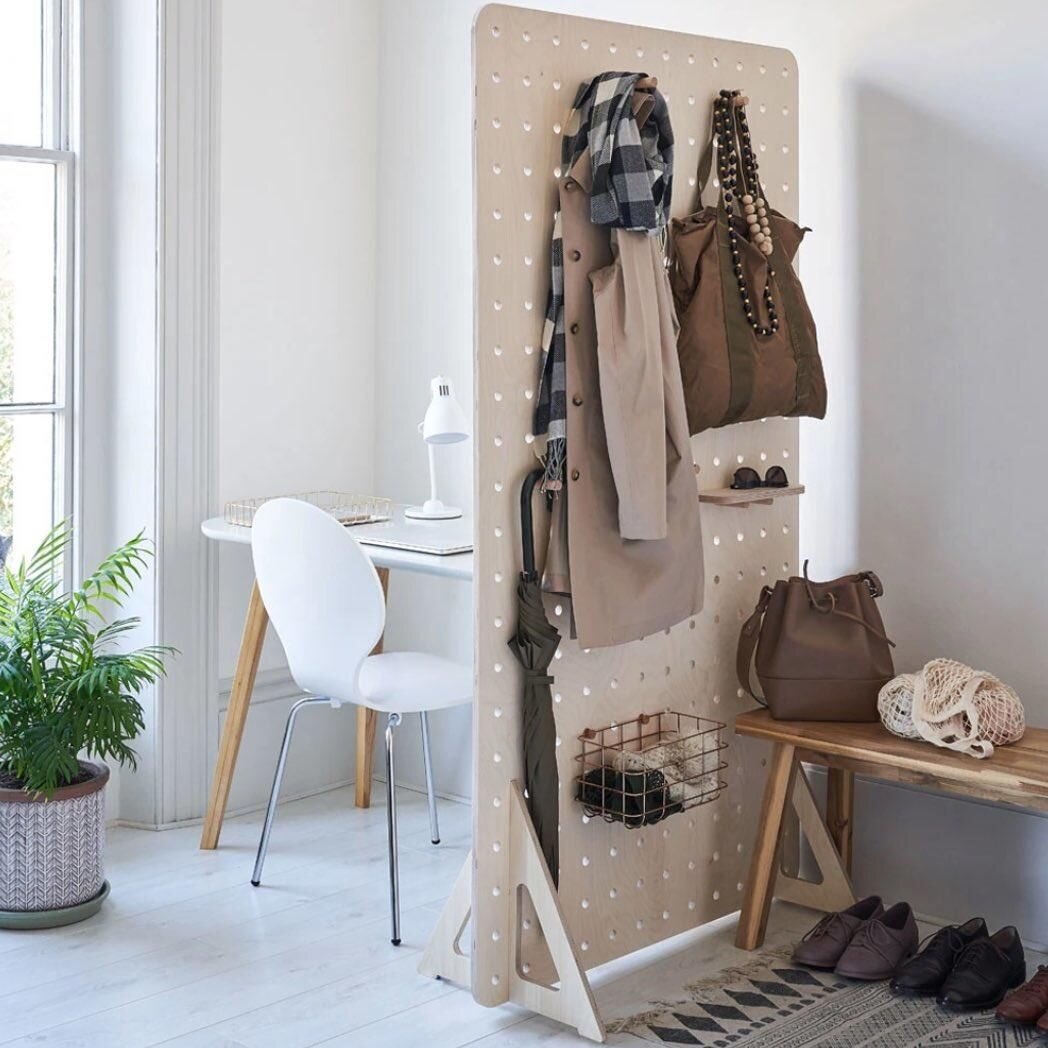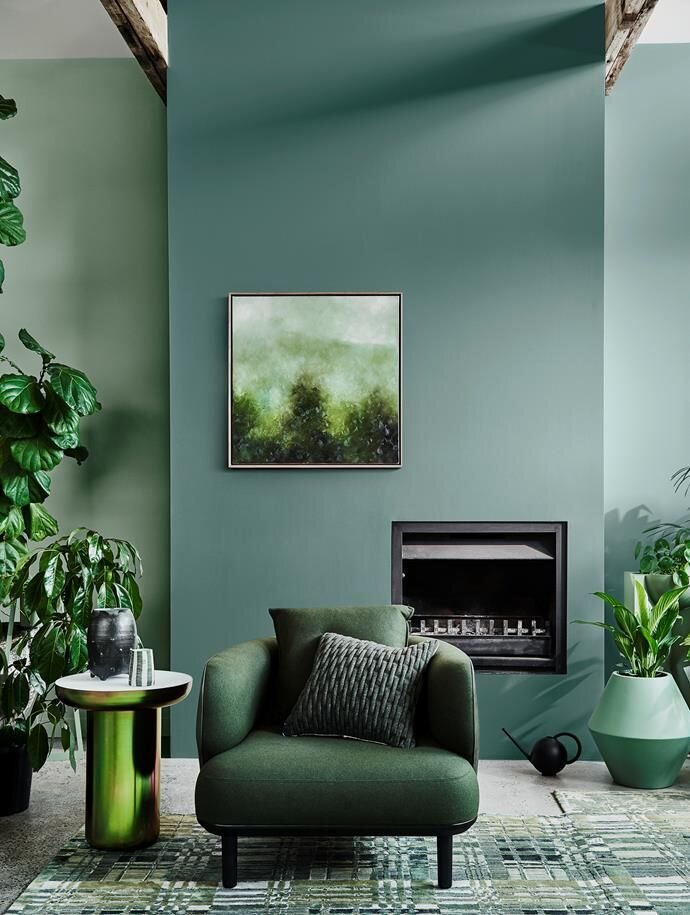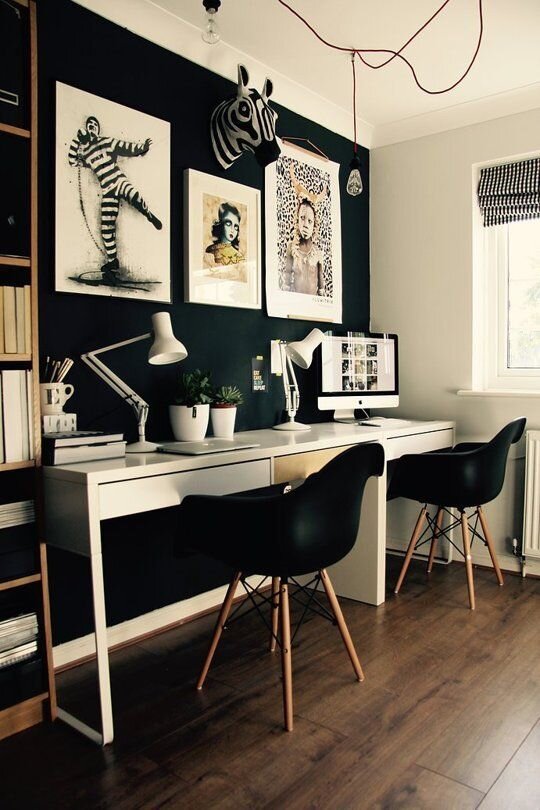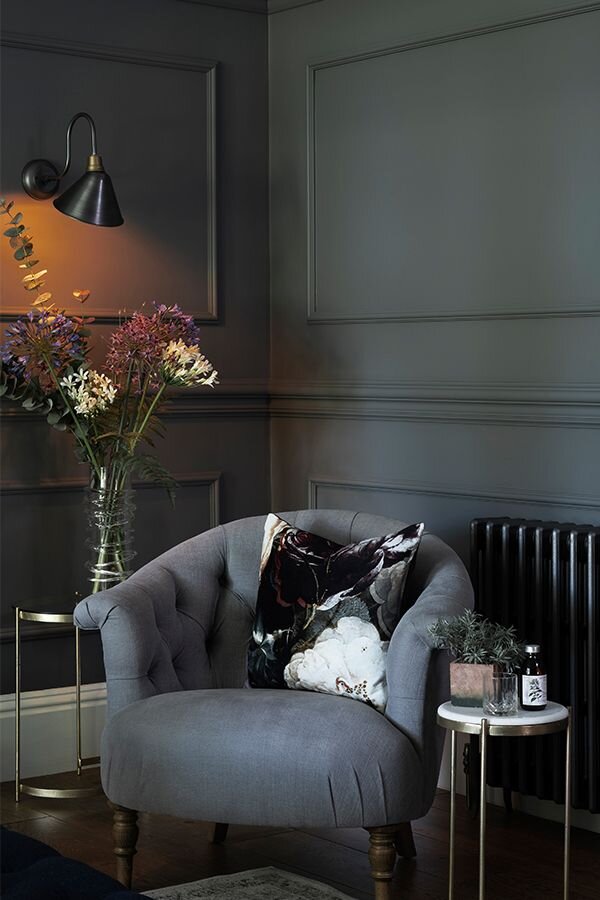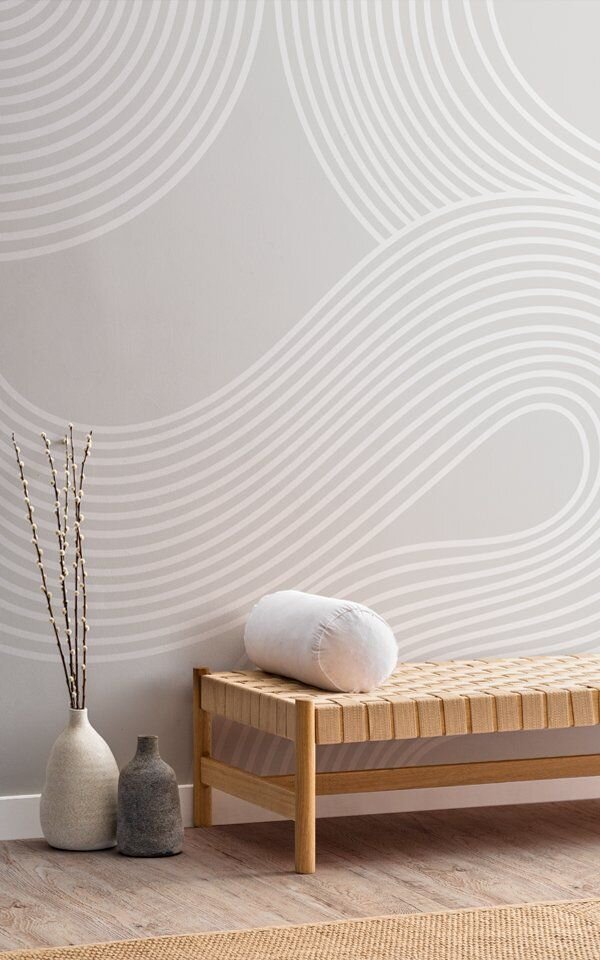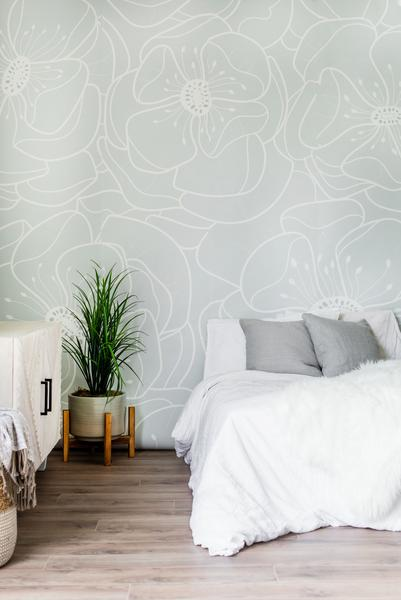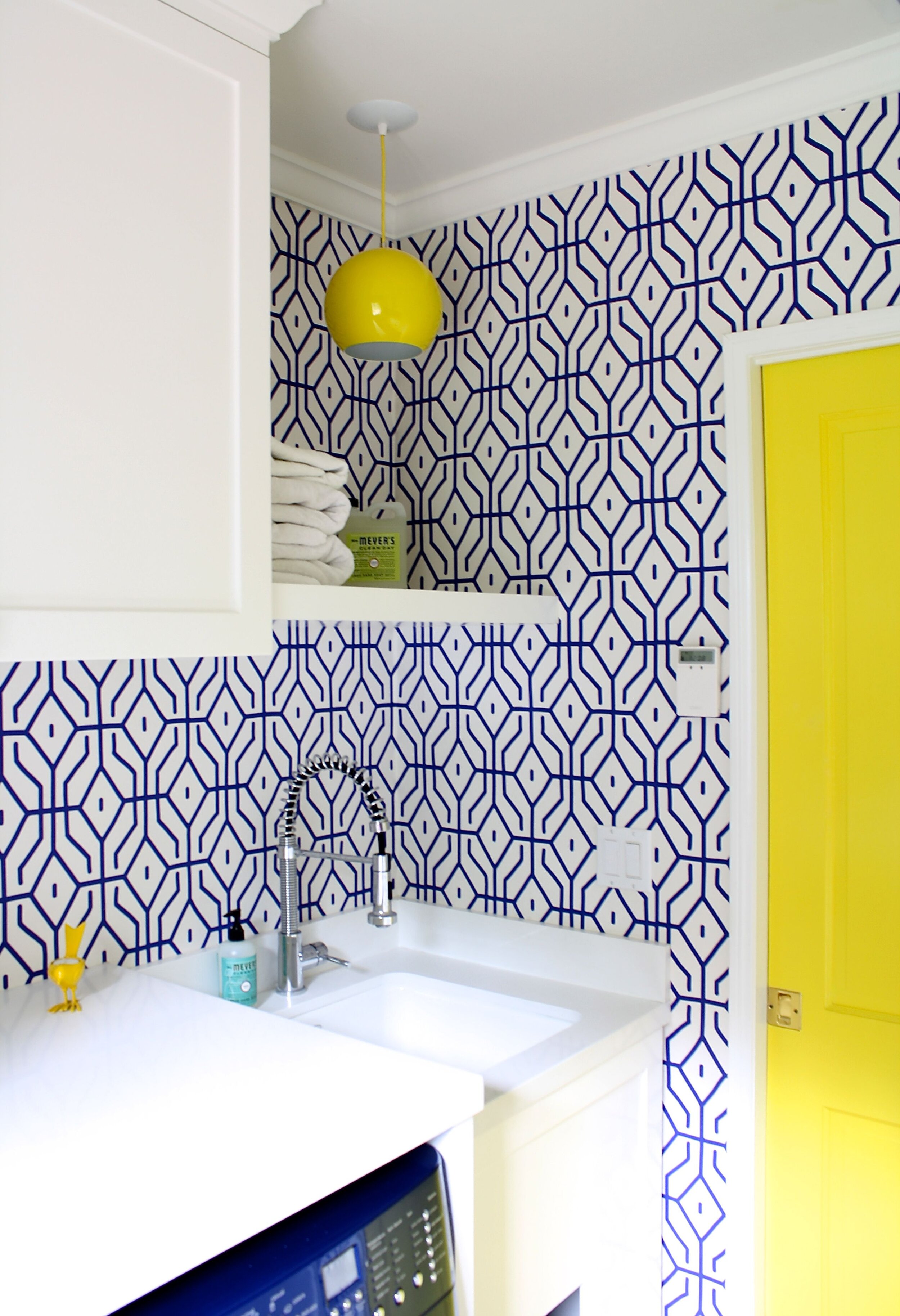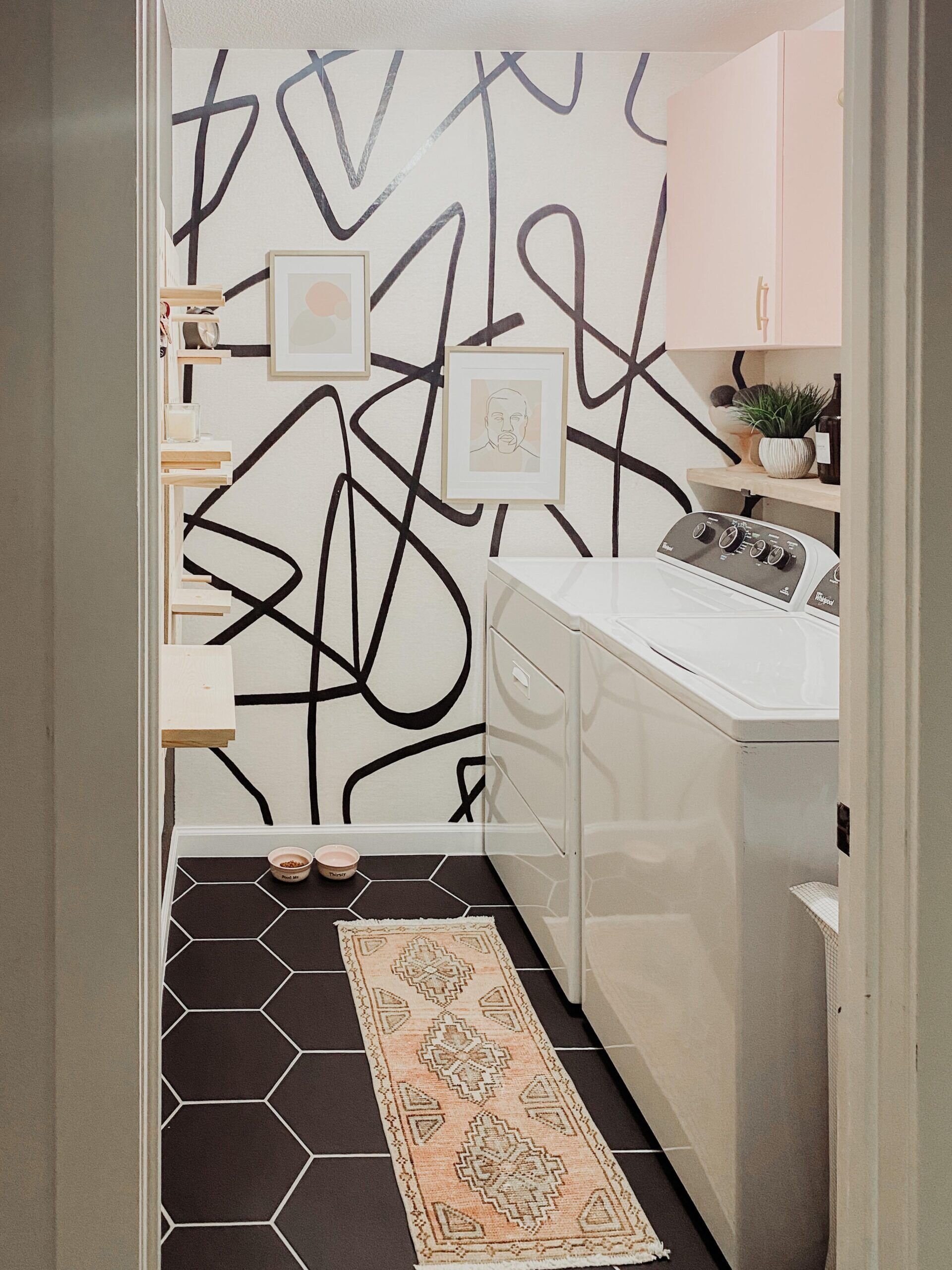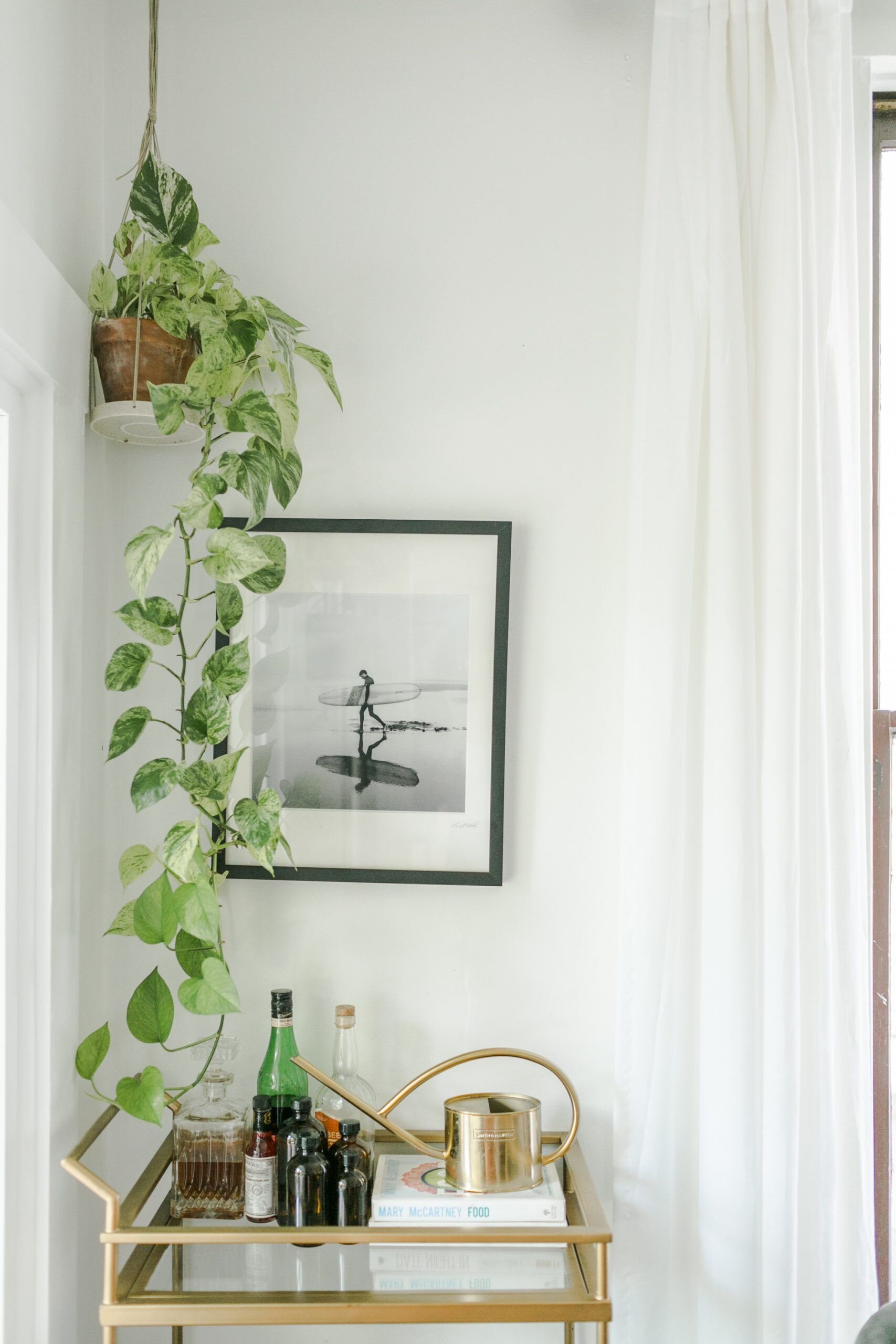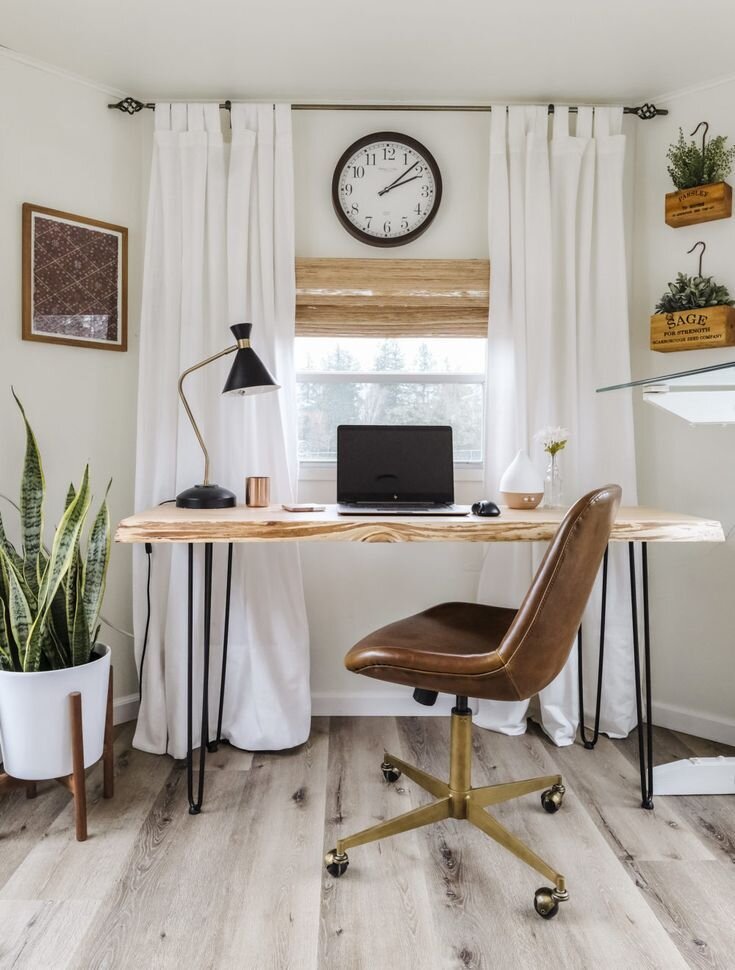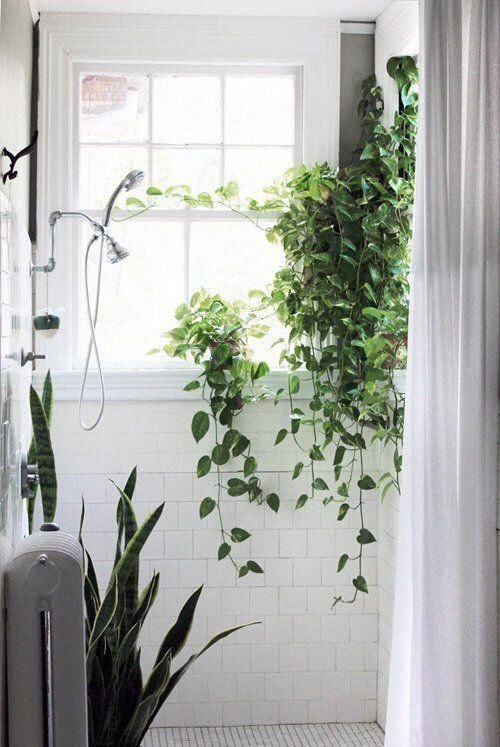By: Amber Peabody - Content Marketing Associate
In my pandemic-era, work from home routine of binging my way through podcast episodes, I came across a particularly interesting episode of NPR’s Life Kit covering a practice many have become all too familiar with, but may not know its name.
Did you know that there is actually a term designers and psychologists use to describe our desire to surround ourselves with beauty, comfort and meaning? This essentially means we create our own personal sanctuaries meant to sooth and provide stability. It’s called comfort decorating - a term that has become popular during our time at home, obsessively rearranging and renovating to make our space to create the optimal mix of joy, comfort and efficiency.
At its core, comfort decorating helps fulfill the needs of your daily routine, makes you feel good and recharged and establishes work and home balance and boundaries as many of us are still WFH. The absolute beauty of it is there is no one way or wrong way or doing it. It’s all based on you and your needs.
1. Create the space for your lifestyle.
You have to be clear how this space will serve you in order to get the practical things right. Make a list of what you need/want, then a list of challenges and finally take some time to brainstorm solutions to these.
Ex: A desk in a corner isn’t enough to make my office feel separate from my small living space. What if I create a functional divider to visually separate those functional zones?
Setting these boundaries allows you to move on to how you want to FEEL in the space. To gather inspiration, think of a place you saw in a movie, magazine, restaurant or during travel that you remember feeling excited about - “ how do I bring that in my own space?”
2. Incorporate color in an interesting way.
Keep things simple and layer as needed. Choose colors that you enjoy, or ones that promote what you hope to accomplish in the space.
Start with your lead color. For example, if you love yellow and want to use it in your living room, think about different ways you could incorporate it into your space. You could add wall art, furniture, textiles or wall paint - anything that will give your lead color a way to stand out in the space.
Once that color is established, think about adding complementary colors - colors opposite your lead color on a Color Wheel. Warm colors make you think of warm things, like the sun or heat. Cool colors tend to bring up mental images of water, ice, the sky and snow.
A third color option you could choose is tone-on-tone, or monochromatic, which is a color scheme comprised of variations of one color by using its shades, tones and tints. This isn’t suggesting your room will look like one big swatch of a color, but rather selecting shades different enough that they will play off each other.
You know how you’ve always heard that surroundings affect your mood? This is 100% backed by science! Applied Environmental Psychologists think about how the world around you affects what’s going on inside your head. These experts assist in teaching people what color or shape to make a space, or what kind of lighting and surfaces it should have in order to make people feel comfortable or think more creatively.
When it comes to those wanting to achieve comfort decorating, they suggest for you to hone in on what you want to do in the room, because different colors WILL illicit different behaviors.
Comfort/decompress: To achieve this feeling, choose colors that are not saturated, but which are relatively bright, grayish version of color. These also make a space seem slightly larger.
You can’t go wrong with Green! All shades, especially sage, have been linked to enhanced creative performance. Theoretically, this relates back to our instincts. Being around green things likely made humans feel safe because they knew there was an abundance of food, freeing up mental capacity. This color is best used in a living room or office.
Blues: This color invokes trustworthiness, credibility and sleep, so it is best used in bedrooms.
Keep red away from areas you need to concentrate or focus in. Red has been shown to degrade our analytic performance. Even briefly looking at it can have an impact.
It is important to remember that some of our associations with color come from things we’ve learned or are cultural, but the findings about reactions to red and green are universal.
3. Add color and coziness through pattern.
Patterns and lines have an influence on how comfortable we are feeling. However, it is suggested to only use a few patterns to manage the visual complexity of the environment. Visual complexity refers to the number of visual features present colors, accent colors and shapes in any given space.
When visual complexity is too low, we find it upsetting, sterile and can make us tense. The same feeling of stress can occur if the visual complexity of a space is too high, meaning there is too much clutter or a lot going on. It is important to figure out your own tolerance for visual complexity. However, don’t over think it! Just start decorating. You can always change it!
Mainly Curvy Lines = more comfortable, relaxed, decompress.
Straight/Geometric Lines = make us think of efficiency and moving. It is a good idea to place these in spaces you want to move more briskly and move along, like a laundry room.
4. Comfort decorating is all about nostalgia.
This past year has been hard on all of us, so reminders of loved ones, happy memories and inspiration from travel have become more important than ever.
Maybe you usually prefer a clean and clutter-free environment, but have found yourself putting more personal effects on display this year. They are reminders of what you value about yourself, what’s important to you, how you live your life and can make us feel safe. Don’t think your home needs to become tchotchke-central to invoke nostalgia. Instead try a few of these:
CREDIT: DUSTIN WALKER FOR LAUREL & WOLF
Family photos, home made pottery, an old trophy
It can apply to tactile objects as well in a sensory way, like a plush robe or a blanket knit by your friend and bring good memories.
Smells are powerful reminders of special memories. Including these can give you a boost.
If you feel having these out are too busy or cluttered, try swapping them out every month.
Cuts the visual complexity
Refreshes your familiar environment, which we could all use
Gives you a feeling of control over your environment; boost mood, relieves stress from external factors
Find a way to bring nature into your home. A popular term this past year has been Biophilic Design, or the concept used within the building industry to increase occupant connectivity to the natural environment through the use of direct nature, indirect nature, and space and place conditions.
One easy way to achieve this is by adding plants or other references to nature. They don’t have to be huge, just something that serves as a reminder that you are not trapped. This could include artwork, wallpaper or a faux plant if you don’t have a green thumb. Natural or artificial light will also majorly impact our moods.


